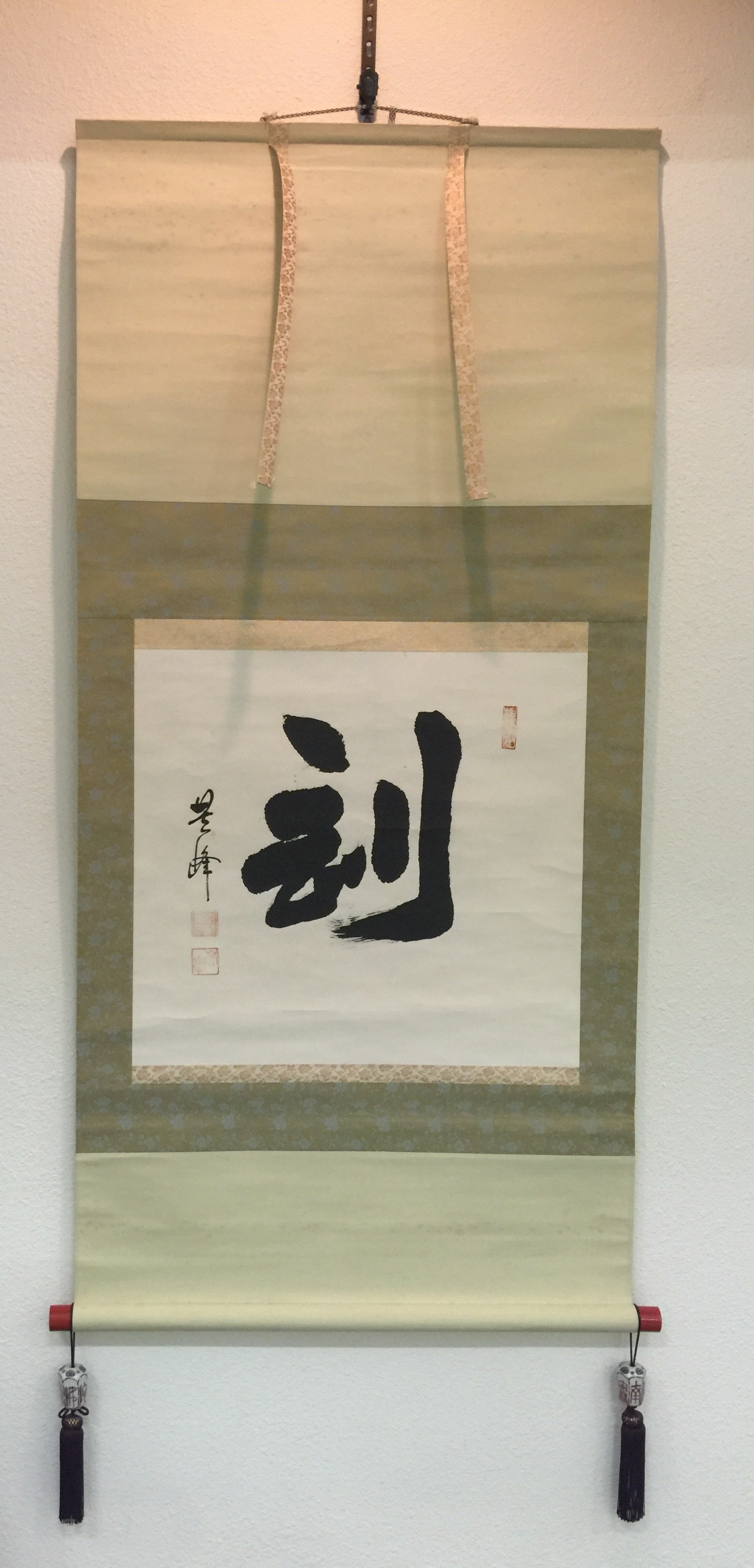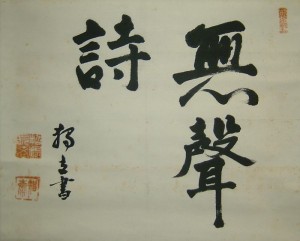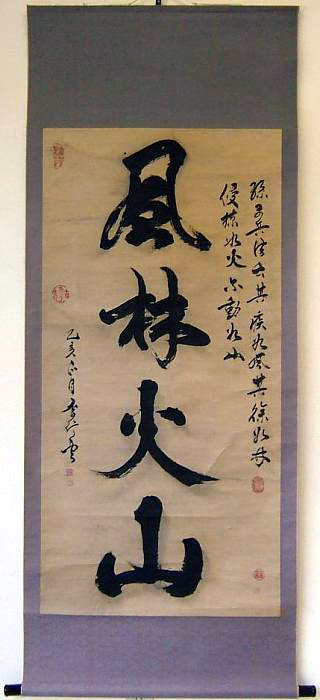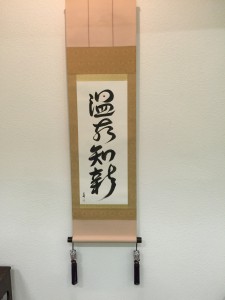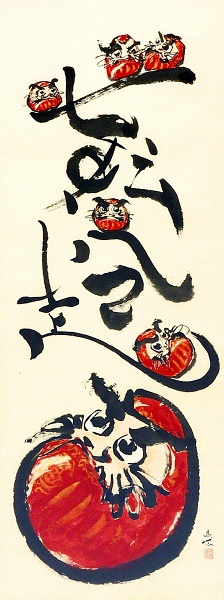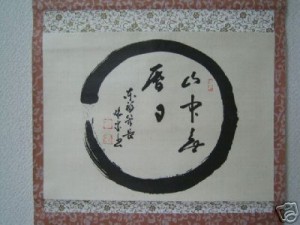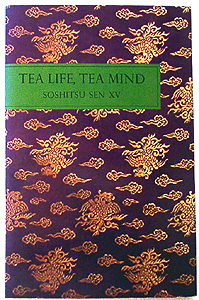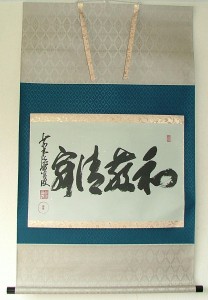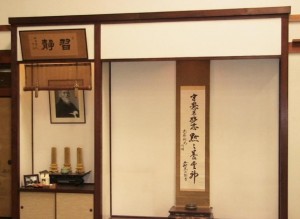 As the moon rises high in the sky, the shadows of the castle disappear. . .
I came across this post by Furuya Sensei. It succinctly encompasses the mind all students and teachers must have in order to improve. To improve we must commit ourselves to our daily practice and keep going and with time we will naturally improve. This is an example of atarimae hinshitsu (当たり前品質). Atarimae hinshitsu refers to something that happens naturally or the obvious consequence. For example, when you pick up a pen and just start writing and the pen works - that is atarimae. Another example of atarimae more apropos to martial arts training is when the Japanese soccer fans cleaned up the their section after Japan's World Cup game in Brazil in 2014. They did it without thought to be diligent and clean up "their" mess because it was the natural thing to do.
As the moon rises high in the sky, the shadows of the castle disappear. . .
I came across this post by Furuya Sensei. It succinctly encompasses the mind all students and teachers must have in order to improve. To improve we must commit ourselves to our daily practice and keep going and with time we will naturally improve. This is an example of atarimae hinshitsu (当たり前品質). Atarimae hinshitsu refers to something that happens naturally or the obvious consequence. For example, when you pick up a pen and just start writing and the pen works - that is atarimae. Another example of atarimae more apropos to martial arts training is when the Japanese soccer fans cleaned up the their section after Japan's World Cup game in Brazil in 2014. They did it without thought to be diligent and clean up "their" mess because it was the natural thing to do.
Here is Sensei's post:
We all have many questions about Life and about our practice. If we think about them very seriously, most important questions such as these cannot be answered so quickly or easily through our experiences in Life and in our Aikido. However, these questions will be naturally answered as we progress.
Over the years, we find that in the long run of many years in Aikido it does not depend on how many techniques we master or what school or style we belong to but what really matters is staying on the True Path of Aikido faithfully and with commitment.
In this age of internet and high tech computers we have become accustomed to "instant" everything! Some people may consider "instant ramen" a good meal - only because it can be made in three minutes. I once went to a hamburger stand many years ago and saw a sign - "if we can't get your food for you in 30 seconds, you get it free!"
I thought to myself, "I don't really want it free, can you take maybe four or five minutes, and do it right?"
When I see people today, everyone is rushing around doing this and that with no time for anything. Everyone tells me, "I'm so busy, I'm so busy!" Yes, it is important to work hard and build a good life for one's self. At the same time, we have a profound paradox that in building a good life, we compromise our very same lives by being pulled back and forth with much too much on our plates and in our heads.
Answers may not be answered according to our own schedule - answers come when they come as part of the natural process of our training from day to day. We often forget that our commitment to training, the natural day to day fact of our lives, is a natural process of increasing this and decreasing and this is all part of the answer to what we are truly searching for.
The castle does not think of being enveloped by dark shadows, nor does the moon think to brighten the castle walls at night. It does so on its own, by itself, without purpose or attachment, all is accomplished as it should be in this world - naturally over time and only with commitment.
Please commit to practice Aikido hard without thought or desire.
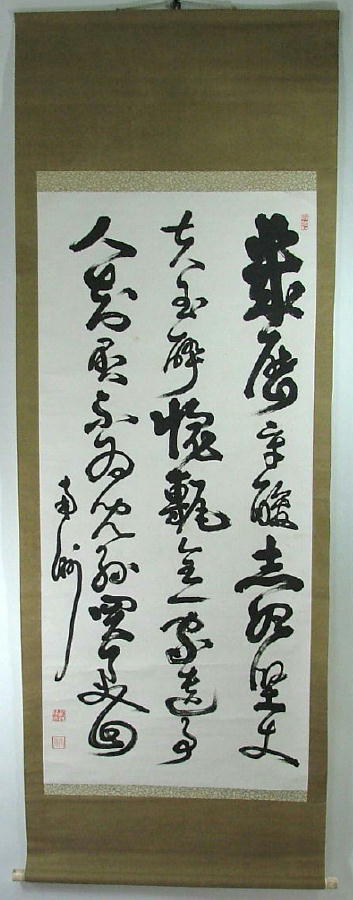 Flashback Friday...
Furuya Sensei posted this to his Daily Message on August 20, 2004:
Flashback Friday...
Furuya Sensei posted this to his Daily Message on August 20, 2004:

